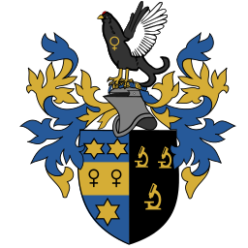Juglone, a brown dye, is found in several consumer products, including hair dye formulations and walnut oil stain. Juglone is an active ingredient in dietary supplements prepared from walnut hulls. Walnut hull extracts and poultices have been used for many years in folk remedies.
Melting Point: 155 C (Merck, 1997)
Solubility: Slightly soluble in hot water; soluble in alcohol, acetone, chloroform, benzene, and acetic acid (Merck, 1997)
CHEMICAL IDENTIFICATION CAS Registry Number: 481-39-0 Chemical Abstracts Service Name: 1,4-Napthoquinone, 5-hydroxy-(8CI) Synonyms and Trade Names: Akhnot; C.I. 75500; C.I. Natural Brown 7; 5-hydroxy- 1,4-naphthalenedione;5-hydroxynaphthoquinone; juglone; regianin; walnut extract Structural Class: Bicyclic; napthoquinone





